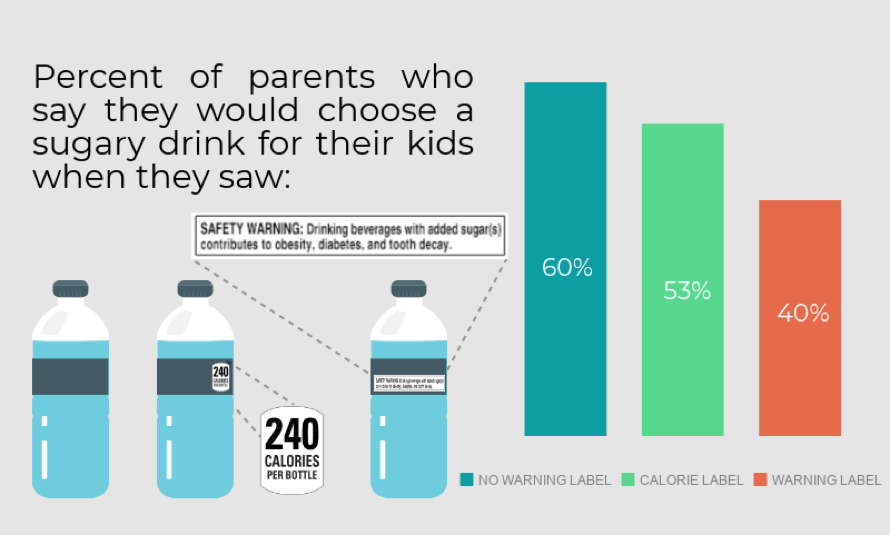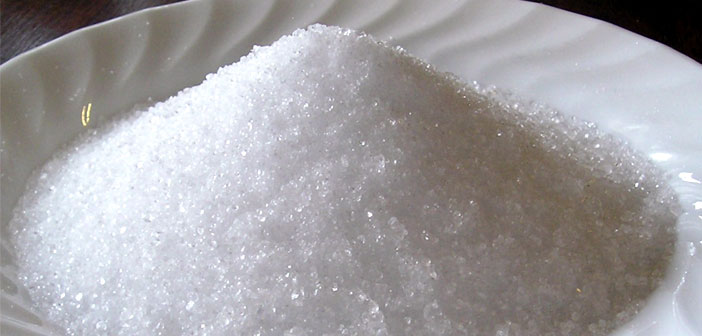39 what is sugar alcohol on food labels
Labelling of alcoholic beverages - Food Standards All beverages containing 0.5% or more ABV must include information on the label about the alcohol content (Standard 2.7.1). For alcoholic beverages containing more than 1.15% ABV, the label must include the alcohol content as a percentage of ABV or mL/100 ml. For example, the label might read that the beverage contains 5% ABV or the alcohol ... Sugar Alcohols: Food Sources & Effects on Health - WebMD Sugar alcohols are sweeteners that have about half the calories of regular sugar. They occur naturally in certain fruits and vegetables, but some are man-made and are added to processed foods. Many...
Food labelling - Making Sense of Sugar - UK contains a high (red), medium (amber) or low (green) amount of fat, saturates, sugars and salt. For traffic-light labels you will find different limits for total sugars depending on whether the product is a food or a drink and more importantly if the portion size is greater than 100g or 150ml. The same colour coding

What is sugar alcohol on food labels
Sugar Alcohol - Yale New Haven Hospital If just one sugar alcohol is used, the label will list its specific name, for example, "mannitol" or "hydrogenated starch hydrolysates." Pros and Cons of Sugar Alcohols On the positive side, sugar alcohols contain less calories (1.5 - 3 calories per gram) than sugar (4 calories per gram), and they do not cause tooth decay like sugar does. Sugar vs. Sugar Alcohol: What's the Difference? - Healthline Sugar and sugar alcohols are sweet-tasting carbs with slightly different chemical structures. Sugar alcohols are generally less sweet and contain fewer calories than sugars. They also affect blood ... Reading Food Labels | ADA - American Diabetes Association The Nutrition Facts labels on foods are really the key to making the best choices. We'll cover the basics so that these labels make shopping easier for you. You've heard it all. From carb-free to low-carb, to whole and empty carbs, it's hard to know what it all means. Blood sugar highs and lows aren't always easy to understand.
What is sugar alcohol on food labels. How to Display Sugar Alcohol on Your Nutrition Fact Label ... - MenuSano Sugar alcohols are neither sugars nor alcohols. Sugar alcohols are carbohydrates that chemically have characteristics of both sugars and alcohol. However, sugar alcohols do not contain the type of alcohol found in alcoholic beverages. Examples of sugar alcohols include: erythritol hydrogenated starch hydrolysates isomalt lactitol maltitol mannitol Showing the Specific Source of Sugar Alcohol on a Nutrition Facts Label ... Since Sugar Alcohol is a voluntary nutrient it won't automatically appear on your Nutrition Facts Label so you will have to manually add it. With your Recipe open, click View Label. Click Edit Label and select Voluntary Nutrients. Check Sugar Alcohol. Click OK and you can see it's now on the label. Again, go to Edit Label. Learning To Read Labels :: Diabetes Education Online Nutrition Facts labels list a breakdown of the total carbohydrate from dietary fiber, sugars and sugar alcohols. This can be confusing. On Nutrition Facts food labels, the grams of dietary fiber are already included in the total carbohydrate count, but because fiber is a type of carbohydrate that your body can't digest, the fiber does not ... Added Sugars on the New Nutrition Facts Label | FDA Labels for foods and beverages with added sugars will list the number of grams and the percent Daily Value (%DV) for added sugars within the Nutrition Facts label. Having the word "includes" before...
PDF Interactive Nutrition Facts Label - Food and Drug Administration a statement is made on the package labeling about the health effects of sugar alcohols or sugars (when sugar alcohols are present in the food). ¢ Look for sugar alcohols on the ingredient list on a food package. Some examples of sugar alcohols are erythritol, hydrogenated starch hydrolysates (HSH), isomalt, lactitol, maltitol, mannitol, What You Should Know About Sugar Alcohols - Cleveland Clinic "Sugar alcohols are a type of carbohydrate and have a chemical structure that's similar to sugar," says Bissell. Food manufacturers use sugar alcohols to sweeten their products while reducing calories. "They stimulate the tongue's sweet taste buds, adding flavor without extra sugar or calories," explains Bissell. Nutrition Labeling Summary Sheets | FDA Sugar Alcohol (May state specific sugar alcohol if only one) 101.9(C)(6)(iii) ... Not required on label if required or permitted by food standard & that standardized food ICincluded - an ... Interactive Nutrition Facts Label - Food and Drug Administration Total Sugars 4g 4% Includes 2g Added Sugars Sugar Alcohol 0g Protein 11g 10% Vitamin D 2mcg 20% Calcium 260mg 35% Iron 6mg 6% Potassium 240mg The % Daily Value (DV) tells you how much a nutrient in...
Sugars on food labels - Sugar Nutrition Resource Centre Polys or sugar alcohols are naturally found in some fruits and used commercially in products such as chewing gum. Packaged foods in Australian and New Zealand must provide nutrition information on the labels, including ingredients, nutrition information panels and content claims. Food Standards Australia New Zealand (FSANZ) are the regulatory ... What are Sugar Alcohols? - Diabetes Food Hub Products labelled "diet," "sugar-free," or "no sugar added" can also have sugar alcohols in the ingredients. If a product has sugar alcohols, you will see "Sugar Alcohol" listed under Total Carbohydrates on the Nutrition Facts label. You can then scan the ingredient list to see which sugar alcohols were added. What are Sugar Alcohols? - Your Choice Nutrition Always compare food labels of "sugar-free" foods to the regular version to see how they compare in calories, fat, and total carbohydrates. Sugar alcohols are also sold as a replacement for granulated sugar in cooking and baking. Erythritol is the most common. Some brands include: What Are Sugar Alcohols, and Are They a Healthy Sugar Swap? What are sugar alcohols? Sugar alcohols, or polyols, are carbohydrates. As the name implies, they are hybrids of sugar molecules and alcohol molecules. Some sugar alcohols, such as erythritol and...
Identifying Sugar Alcohols in Food - browardgi If you're health-conscious, you are probably an expert at reading product labels. But what about food that contains sugar alcohol as a sweetener? Sugar has become inextricably linked to our nutrition and way of life. The decision to consume sugar on a regular basis is increasingly in your hands. Sugar alcohols are a type of alternative carbohydrate that can cause symptoms in people with ...
Why does a product advertised as "sugar free" list " sugar alcohol" on ... Sugar alcohols have a similar structure to sugars with a couple extra hydtogen atoms. Where sugars often form rings, sugar alcohols are usually linear. They taste sweet, but the body lacks enzymes to break them down, so they pass through without being digested. They can be broken down by bacteria in the gut and cause gas or act as a laxative.
Sugar Alcohols on Nutrition Labels - ReciPal That includes: hydrogenated starch hydrolysates, isomalt, lactitol, maltitol, maltitol syrup, mannitol, sorbitol, sorbitol syrup, xylitol and erythritol. Of course, if you're listing sugar alcohol in your recipe you should review the Nutrition Breakdown and sense check the label to make sure it's correct. How To Add Information
Counting Sugar Alcohols :: Diabetes Education Online Sugar alcohols may be found in products that are labeled "sugar-free" or "no sugar added." This can include sugar-free candies, chocolate, and energy bars. But don't be fooled - sugar alcohols are still a form of carbohydrate, and they still affect your blood sugar levels, if not as dramatically. Understanding Sugar Alcohols
What are Sugar Alcohols? - PCNA What are these sugar alcohols, anyway? Sugar alcohols, known as polyols, appear as ingredients in many products labeled "sugar-free" or "no sugar added." Sugar alcohols commonly seen on food labels are mannitol, sorbitol, xylitol, erythritol, and hydrogenated starch hydrolysates.
Displaying a Specific Sugar Alcohol on Your Nutrition Facts Label ... DISPLAYING A SPECIFIC SUGAR ALCOHOL ON YOUR LABEL. Software program: Genesis R&D Food. U.S. and Canada labeling regulations allow you to list the specific sugar alcohol on your Nutrition Facts label if there is only one type present. This tutorial shows you how to do so in Genesis R&D Foods. Post navigation.
Understanding sugar content on food labels - Diabetes Care Community On a food label, the total amount of carbohydrate in grams is listed first. This number includes starch, sugars and fibre. Fibre does not raise blood sugar levels and should be subtracted from the total carbohydrate. Say, for example, one serving of food contains 36 grams of carbohydrate, which includes 6 grams of fibre.
Reading Food Labels | ADA - American Diabetes Association The Nutrition Facts labels on foods are really the key to making the best choices. We'll cover the basics so that these labels make shopping easier for you. You've heard it all. From carb-free to low-carb, to whole and empty carbs, it's hard to know what it all means. Blood sugar highs and lows aren't always easy to understand.
Sugar vs. Sugar Alcohol: What's the Difference? - Healthline Sugar and sugar alcohols are sweet-tasting carbs with slightly different chemical structures. Sugar alcohols are generally less sweet and contain fewer calories than sugars. They also affect blood ...

Love this...blog talks about "healthy" foods that really aren't what you think! Sugar free oreos ...
Sugar Alcohol - Yale New Haven Hospital If just one sugar alcohol is used, the label will list its specific name, for example, "mannitol" or "hydrogenated starch hydrolysates." Pros and Cons of Sugar Alcohols On the positive side, sugar alcohols contain less calories (1.5 - 3 calories per gram) than sugar (4 calories per gram), and they do not cause tooth decay like sugar does.













Post a Comment for "39 what is sugar alcohol on food labels"